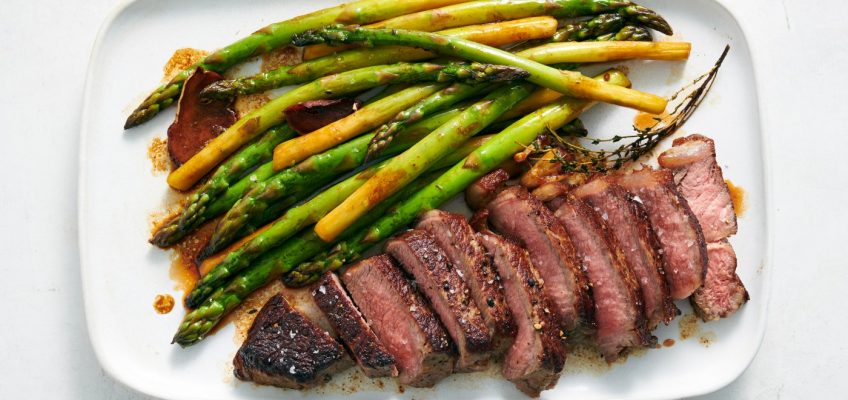By MARK SHERMAN (Associated Press)
WASHINGTON (AP) — The Supreme Court on Thursday unanimously preserved access to a medication that was used in nearly two-thirds of all abortions in the U.S. last year, in the court’s first abortion decision since conservative justices overturned Roe v. Wade two years ago.
The justices ruled that abortion opponents lacked the legal right to sue over the federal Food and Drug Administration’s approval of the medication, mifepristone, and the FDA’s subsequent actions to ease access to it.
The case had threatened to restrict access to mifepristone across the country, including in states where abortion remains legal.
Justice Brett Kavanaugh wrote for the court that “federal courts are the wrong forum for addressing the plaintiffs’ concerns about FDA’s actions.” Kavanaugh was part of the majority to overturn Roe.
The high court is separately considering another abortion case, about whether a federal law on emergency treatment at hospitals overrides state abortion bans in rare emergency cases in which a pregnant patient’s health is at serious risk.
More than 6 million people have used mifepristone since 2000. Mifepristone blocks the hormone progesterone and primes the uterus to respond to the contraction-causing effect of a second drug, misoprostol. The two-drug regimen has been used to end a pregnancy through 10 weeks gestation.
Health care providers have said that if mifepristone is no longer available or is too hard to obtain, they would switch to using only misoprostol, which is somewhat less effective in ending pregnancies.
President Joe Biden’s administration and drug manufacturers had warned that siding with abortion opponents in this case could undermine the FDA’s drug approval process beyond the abortion context by inviting judges to second-guess the agency’s scientific judgments. The Democratic administration and New York-based Danco Laboratories, which makes mifepristone, argued that the drug is among the safest the FDA has ever approved.
The decision “safeguards access to a drug that has decades of safe and effective use,” Danco spokeswoman Abigail Long said in a statement.
The abortion opponents argued in court papers that the FDA’s decisions in 2016 and 2021 to relax restrictions on getting the drug were unreasonable and “jeopardize women’s health across the nation.”
Kavanaugh acknowledged what he described as the opponents’ “sincere legal, moral, ideological, and policy objections to elective abortion and to FDA’s relaxed regulation of mifepristone.”
But he said they went to the wrong forum and should instead direct their energies to persuading lawmakers and regulators to make changes.
Those comments pointed to the stakes of the 2024 election and the possibility that an FDA commissioner appointed by Republican Donald Trump, if he wins the White House, could consider tightening access to mifepristone.
The mifepristone case began five months after the Supreme Court overturned Roe. Abortion opponents initially won a sweeping ruling nearly a year ago from U.S. District Judge Matthew Kacsmaryk, a Trump nominee in Texas, which would have revoked the drug’s approval entirely. The 5th U.S. Circuit Court of Appeals left intact the FDA’s initial approval of mifepristone. But it would reverse changes regulators made in 2016 and 2021 that eased some conditions for administering the drug.
The Supreme Court put the appeals court’s modified ruling on hold, then agreed to hear the case, though Justices Samuel Alito, the author of the decision overturning Roe, and Clarence Thomas would have allowed some restrictions to take effect while the case proceeded.
___




